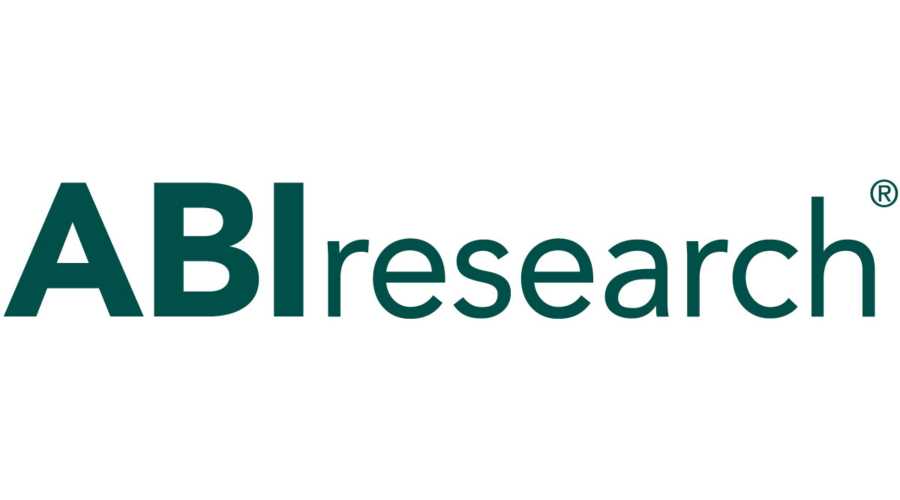Today there are 8.6 billion IoT connections. By 2026, that number will nearly triple to 23.6 billion. In its new whitepaper, “Connected & Protected: The Vulnerabilities and Opportunities of IoT Security,” tech market advisory firm ABI Research explores how the growth in IoT connections will increase connectivity and productivity, along with new threat vectors and vulnerabilities. At the same time, the security gaps offer a tremendous revenue potential for players in IoT security.
“Concerns about security of the Internet of Things (IoT) are widespread,” said Michela Menting, digital security research director at ABI Research. “There are limited IoT security solutions in the market, due in large part to the fragmented nature of the IoT itself.”
Security gaps run the gamut from devices that are incapable of being secured to original equipment manufacturers (OEMs) and vendors often choosing to accept the risk rather than remediate it, as well as functional safety-type IoT devices that prioritize availability and cannot simultaneously ensure confidentiality.
While these security gaps pose a significant challenge for companies and end-users, they also represent a tremendous opportunity for players in the IoT space, including IoT service providers, vendors, platform operators and information technology (IT)/operational technology (OT) security organizations.
“Much like the number of IoT connections is set to explode, so too is the revenue opportunity in IoT security. ABI Research market data shows that total revenue in the space will reach $16.8 billion by 2026,” Menting said.
The number of new IoT connections over the next five years, the increased digitization capabilities of certain IoT markets (e.g., utilities, industrial, infrastructure and smart cities), the increase in connected users and assets along with the increased connectivity needs brought forth by the COVID-19 pandemic are all fair predictors for digital security overall.
The amount of IoT security revenue, however, does not always correlate with the amount of IoT connections, and some markets are expected to experience disproportional revenue.
Menting points out, “This is due to the multi-faceted level of security and management requirements that provide the foundation for other key operations and valuable services, including for intelligence operations and analytics, life cycle management and predictive maintenance, firmware updates, and device and data integrity.”
“ABI Research forecasts that digital security services will enter the Return on Investment (ROI) equation significantly faster in the next 3 years, as both security vendors and IoT players will better understand how to protect the key monetization applications related to their IoT strategies,” Menting added.
Download the whitepaper online.






